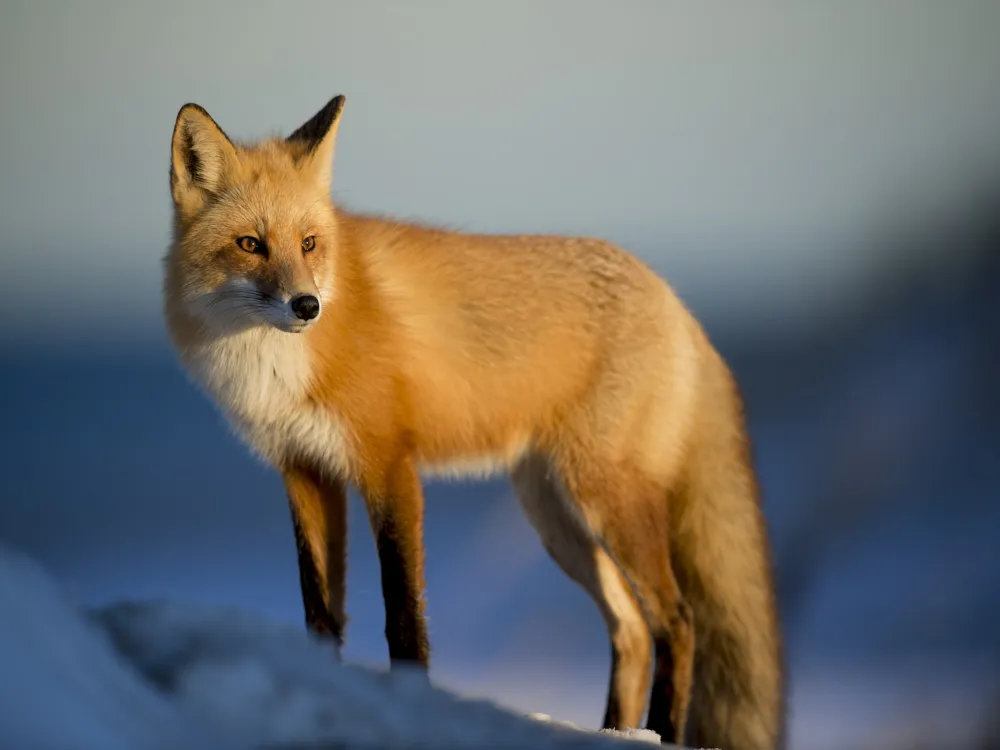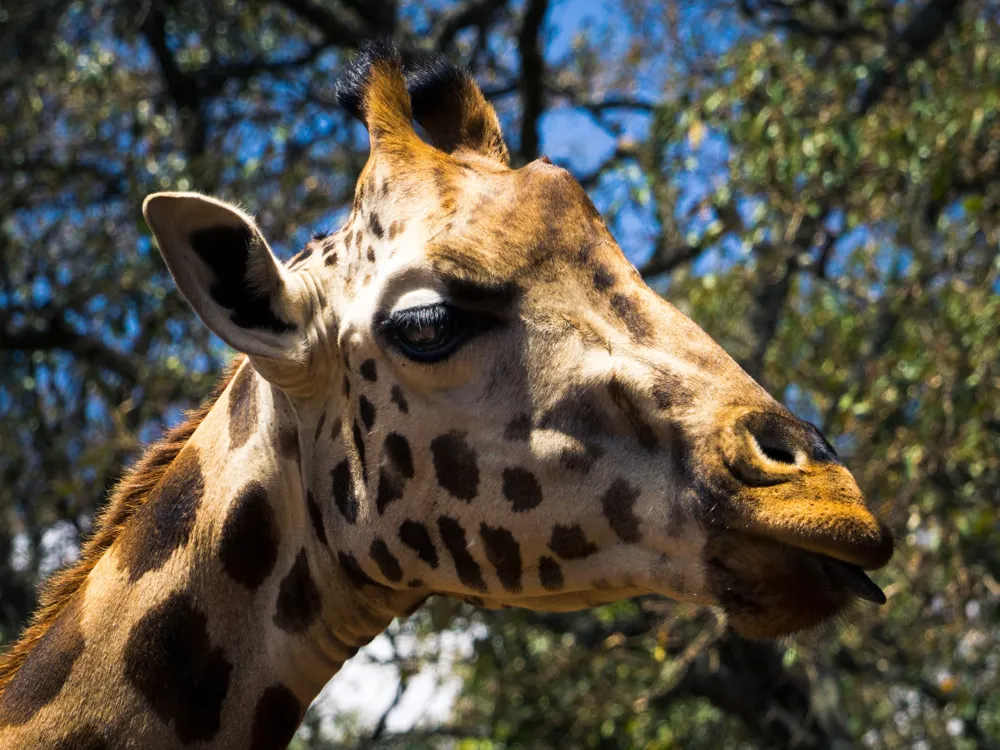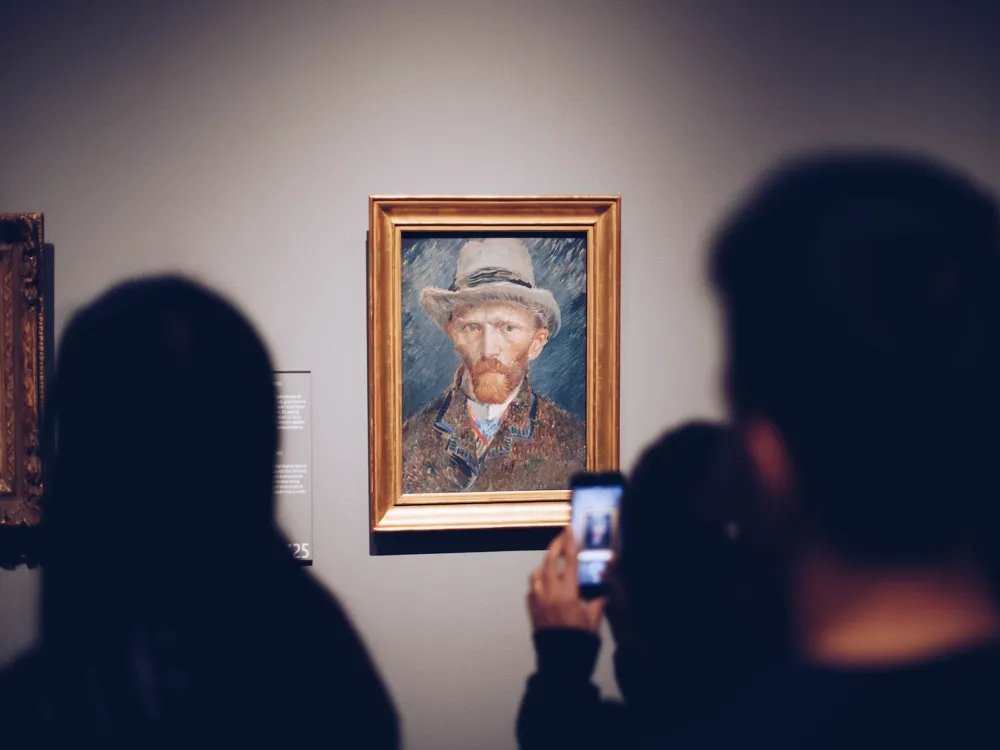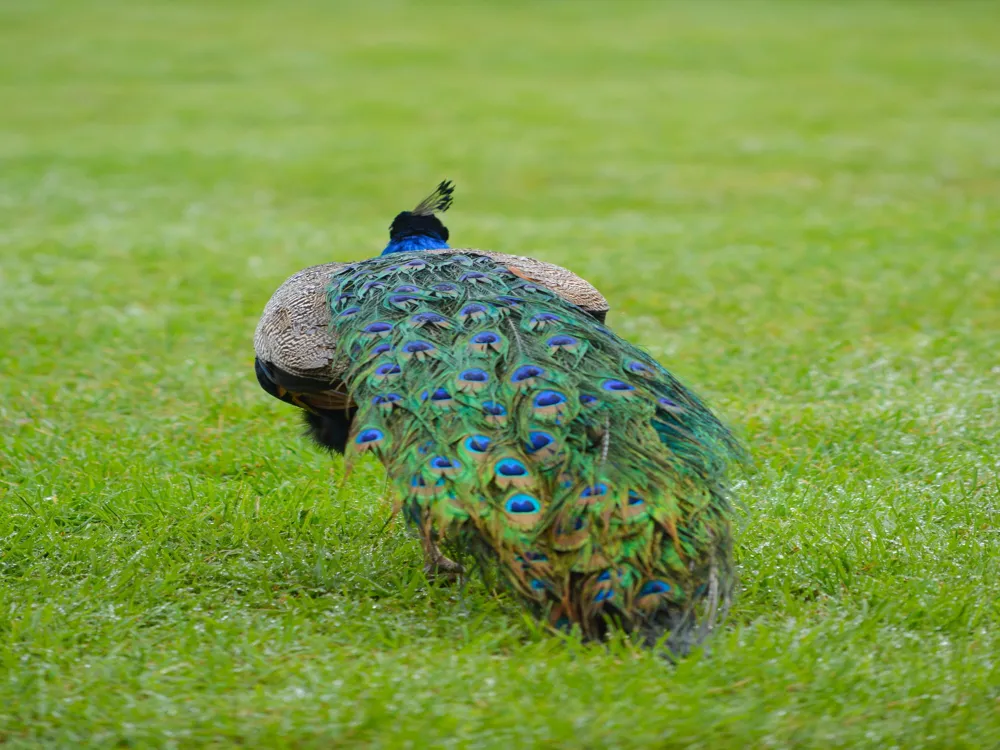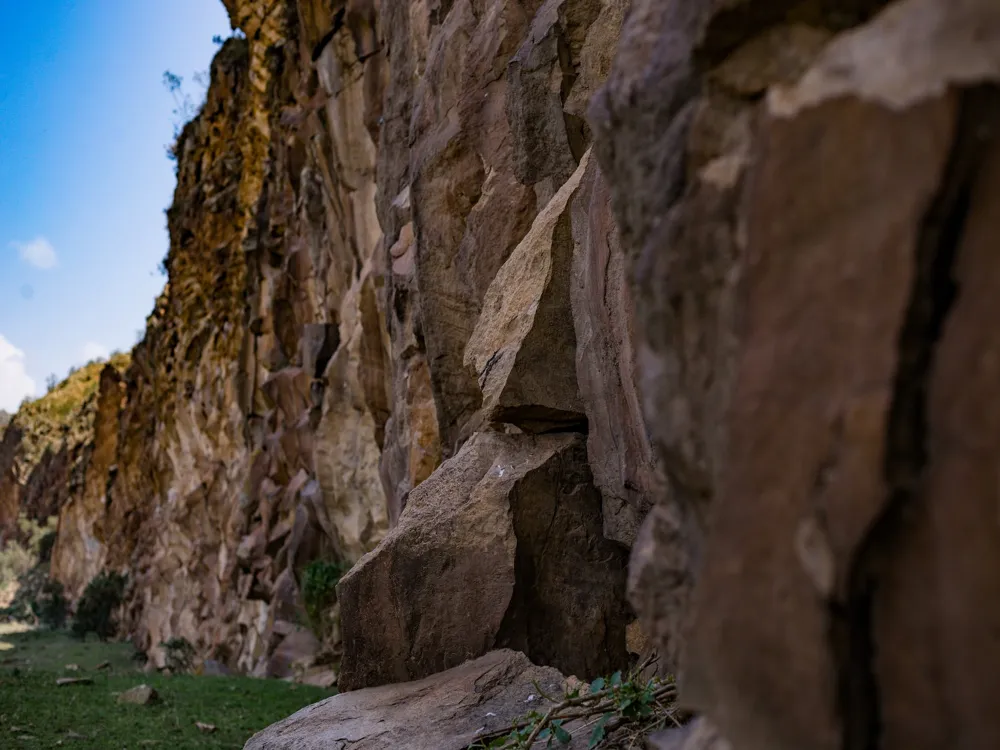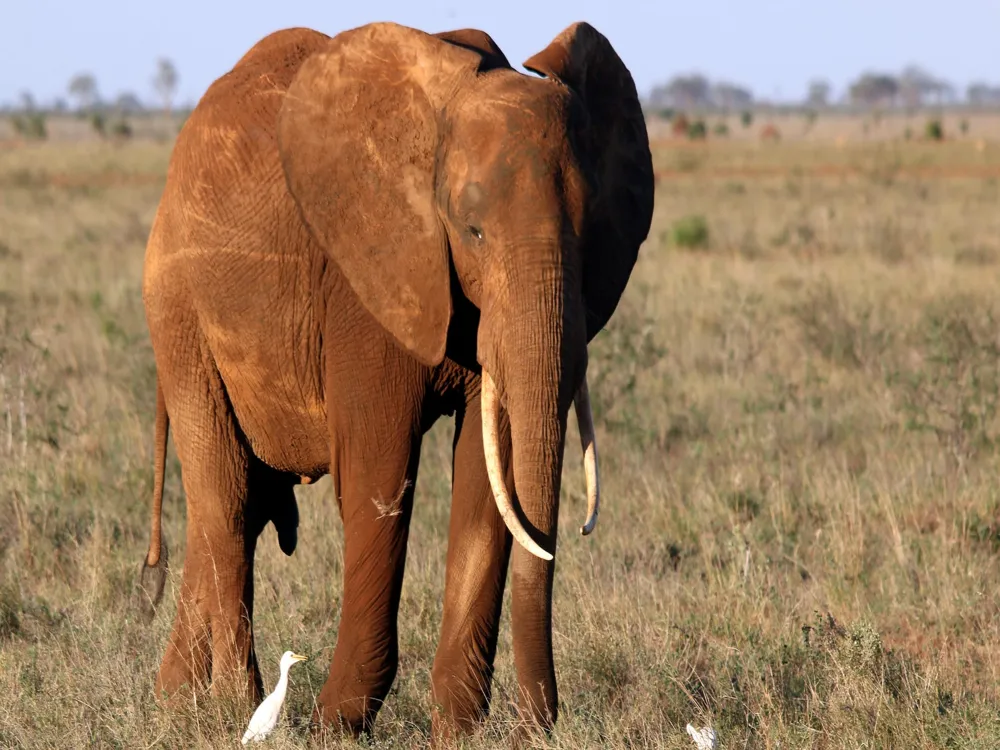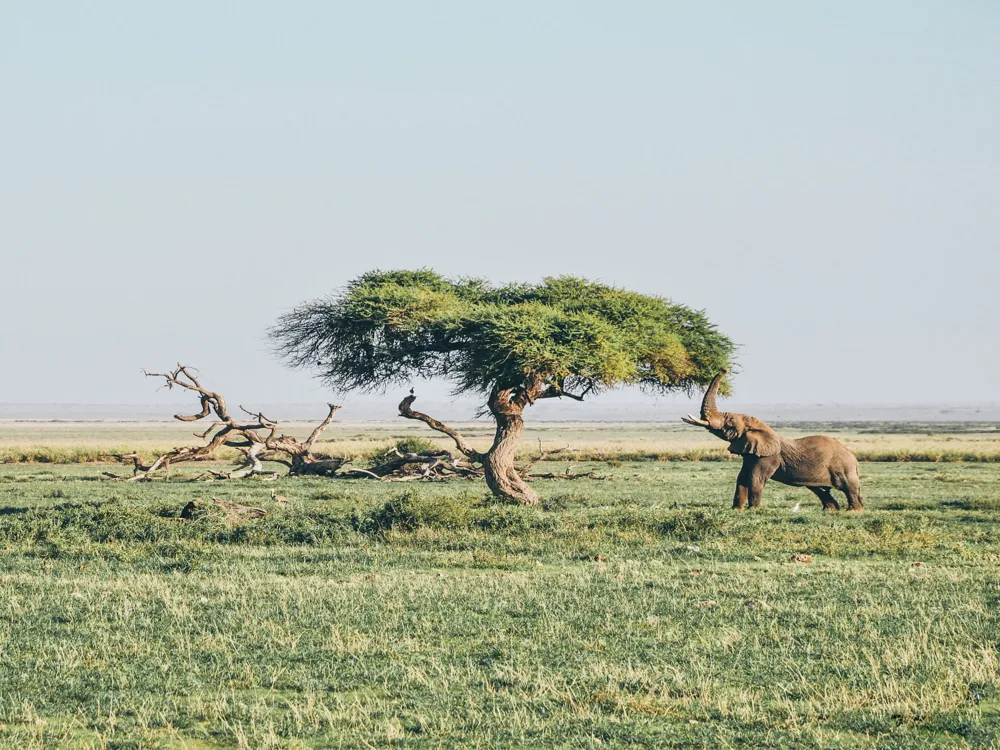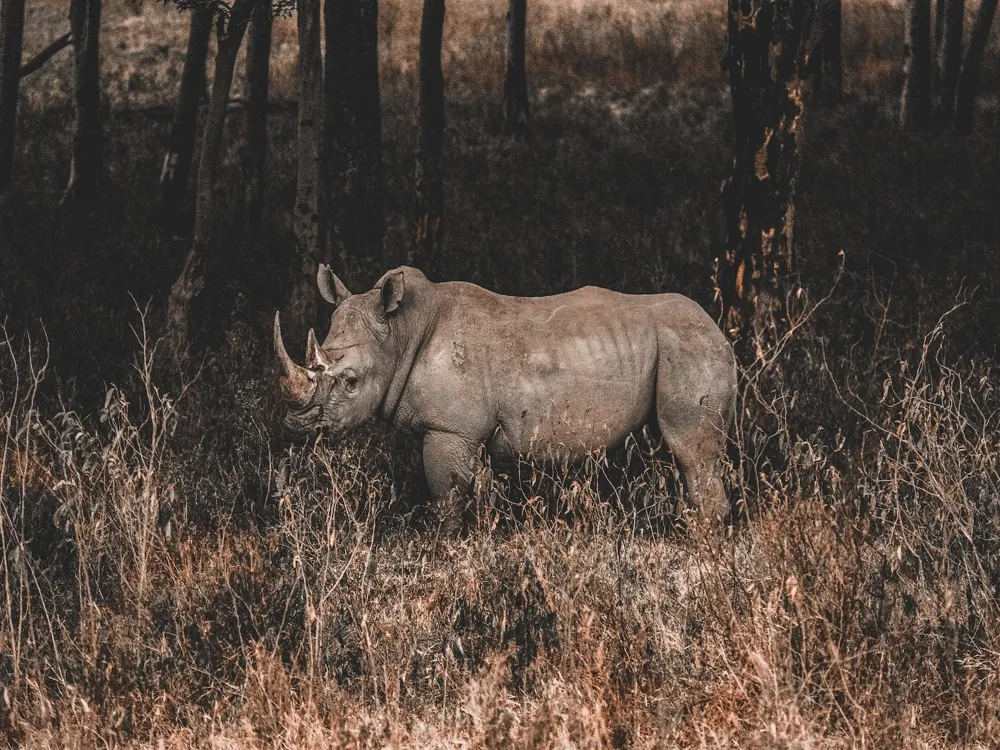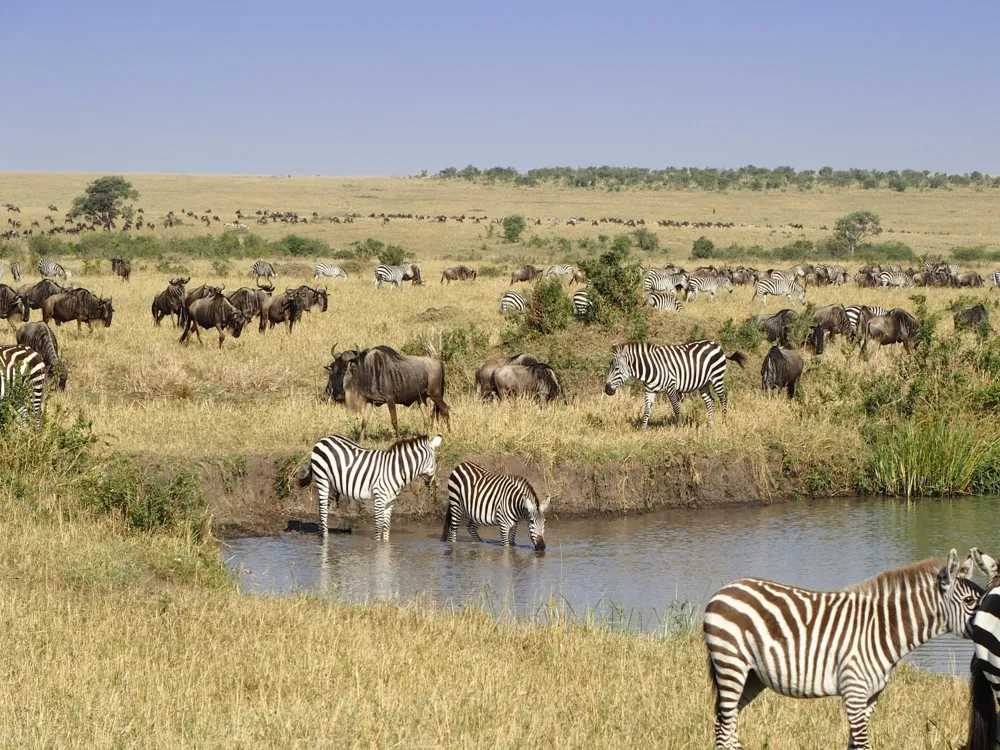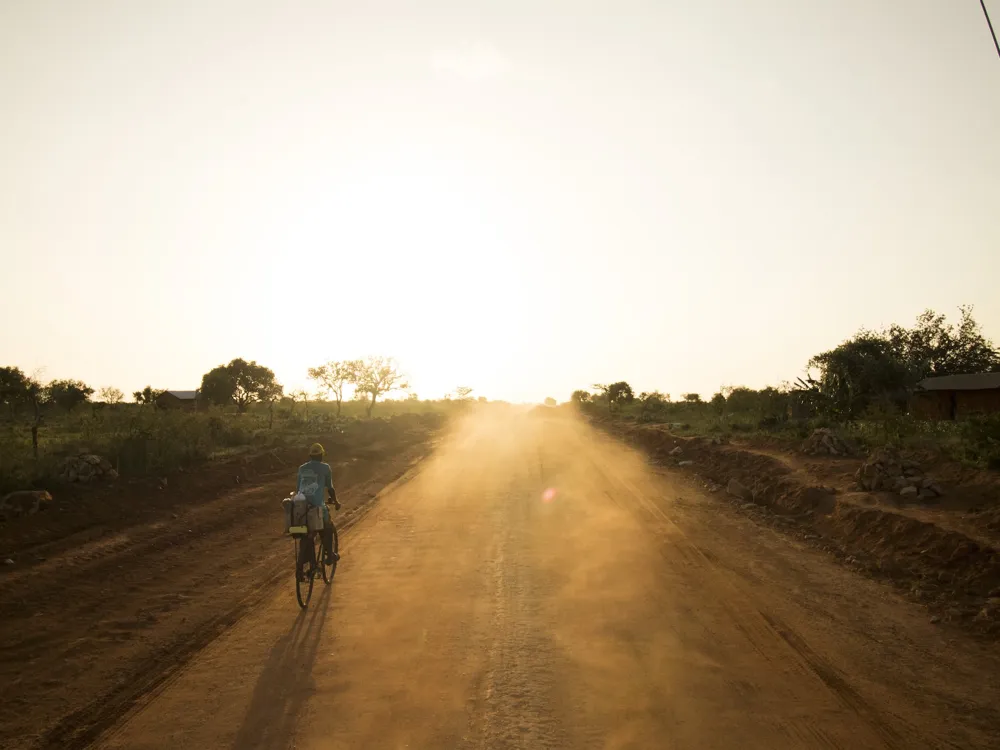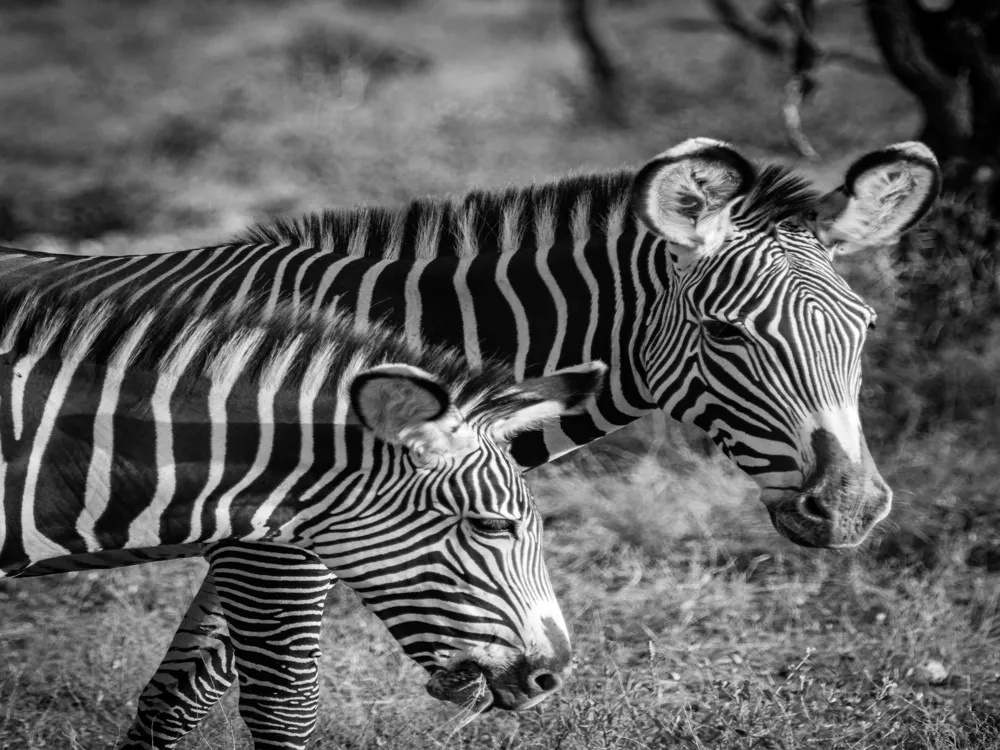The Sheldrick Wildlife Trust, nestled in the heart of Nairobi, Kenya, represents a beacon of hope and a sanctuary for wildlife conservation. Established in memory of David Sheldrick, a renowned naturalist and founding Warden of Tsavo East National Park, this trust has become a world leader in the rescue and rehabilitation of orphaned elephants. The Trust's commitment extends beyond elephants to encompass all types of wildlife and habitats. It operates the most successful orphan elephant rescue and rehabilitation program globally, showcasing a profound dedication to environmental conservation and animal welfare. The story of Sheldrick Wildlife Trust begins with the pioneering conservation efforts of David and Daphne Sheldrick. Their profound understanding of the complexities of animal welfare and ecosystem conservation led to the establishment of a sanctuary that offers a second chance to countless orphaned and injured animals. At the heart of the Trust's mission is the elephant orphanage, where young elephants are nurtured and rehabilitated with the ultimate goal of reintegrating them into wild herds. Visitors to the Sheldrick Wildlife Trust are greeted by a unique blend of conservation, education, and wildlife interaction. The Trust not only focuses on animal welfare but also plays a crucial role in anti-poaching efforts, community outreach, and habitat preservation. By adopting an orphaned elephant, supporters worldwide contribute directly to the ongoing conservation efforts, fostering a global community dedicated to preserving Africa's natural heritage. The Sheldrick Wildlife Trust's impact extends far beyond the boundaries of its Nairobi base. Its influence is felt across Kenya and beyond, setting a global benchmark for wildlife conservation. The Trust's approach to conservation is holistic, addressing the root causes of environmental degradation and animal endangerment. This comprehensive strategy ensures the survival of species and habitats, contributing significantly to the global fight against biodiversity loss and environmental degradation. The architecture of the Sheldrick Wildlife Trust in Nairobi is a testament to sustainable design and natural harmony. Embodying an eco-friendly approach, the structures within the Trust blend seamlessly with the surrounding environment, minimizing the impact on the local ecosystem while providing a safe haven for the resident wildlife. The use of natural materials and traditional Kenyan building techniques reflects a deep respect for the local culture and environment. At the center of the Trust's architectural design is the elephant nursery. This facility, constructed primarily from locally sourced materials, is tailored to meet the unique needs of orphaned elephants. The nursery includes spacious sleeping quarters for the elephants, equipped with heating to ensure their comfort during cooler nights. Each enclosure is designed to mimic natural conditions as closely as possible, promoting the physical and psychological well-being of the elephants. The visitor center at the Sheldrick Wildlife Trust is another architectural highlight. Designed to educate and inspire, the center features interpretive displays, interactive exhibits, and viewing areas that allow visitors to observe the elephants in a natural setting. The use of large, open spaces and natural light creates an inviting and informative environment for visitors, fostering a deeper understanding and appreciation of wildlife conservation. The architectural design of the Sheldrick Wildlife Trust extends to its administrative and support facilities. The use of solar power, water recycling systems, and other sustainable practices demonstrates the Trust's commitment to environmental stewardship. The integration of these eco-friendly technologies ensures that the Trust's operations have a minimal environmental footprint, aligning with its mission of conservation and sustainability. Before visiting the Sheldrick Wildlife Trust, it's essential to plan your trip. Check the visiting hours, as the Trust has specific times when the public can visit the elephant nursery. Booking in advance is recommended to ensure a smooth experience. While visiting, remember that the wellbeing of the animals is paramount. Maintain a respectful distance from the elephants and follow the guidelines provided by the Trust's staff. Avoid loud noises and sudden movements that could distress the animals. Wear comfortable, weather-appropriate clothing and sturdy footwear. The Trust is an outdoor environment, and you'll be walking on uneven terrain. Sunscreen and a hat are advisable for protection against the sun. Photography is allowed, but flash photography is not permitted as it can startle the animals. Be mindful of your surroundings and the animals' space when taking photos. Consider adopting an elephant or making a donation to the Trust. Your support helps in the ongoing efforts to rescue and rehabilitate orphaned wildlife and in the conservation of their habitats. The Sheldrick Wildlife Trust is accessible from Nairobi, Kenya's capital. Visitors can reach the Trust by car, taxi, or organized tours. The Trust is located near Nairobi National Park, approximately a 30-minute drive from the city center. Public transportation is limited, so arranging private transport is recommended. For international visitors, Jomo Kenyatta International Airport in Nairobi is the nearest airport, with various transportation options available to reach the Trust. Read More:Overview of Sheldrick Wildlife Trust
Architecture of Sheldrick Wildlife Trust
Tips When Visiting Sheldrick Wildlife Trust
Plan Your Visit
Respect the Animals
Dress Appropriately
Photography Etiquette
Support the Trust
How To Reach Sheldrick Wildlife Trust
Sheldrick Wildlife Trust
Nairobi
₹ 62,783 onwards
View nairobi Packages
Weather :
Tags : Wildlife
Timings : 11:00 AM - 12:00 PM
Entry Fees : USD 7 or KES 500
Planning a Trip? Ask Your Question
Also Refered As:
Elephant Orphanage
Nairobi Travel Packages
View All Packages For Nairobi
Top Hotel Collections for Nairobi

Private Pool

Luxury Hotels

5-Star Hotels

Pet Friendly
Top Hotels Near Nairobi
Other Top Ranking Places In Nairobi
View All Places To Visit In nairobi
View nairobi Packages
Weather :
Tags : Wildlife
Timings : 11:00 AM - 12:00 PM
Entry Fees : USD 7 or KES 500
Planning a Trip? Ask Your Question
Also Refered As:
Elephant Orphanage
Nairobi Travel Packages
View All Packages For Nairobi
Top Hotel Collections for Nairobi

Private Pool

Luxury Hotels

5-Star Hotels

Pet Friendly








